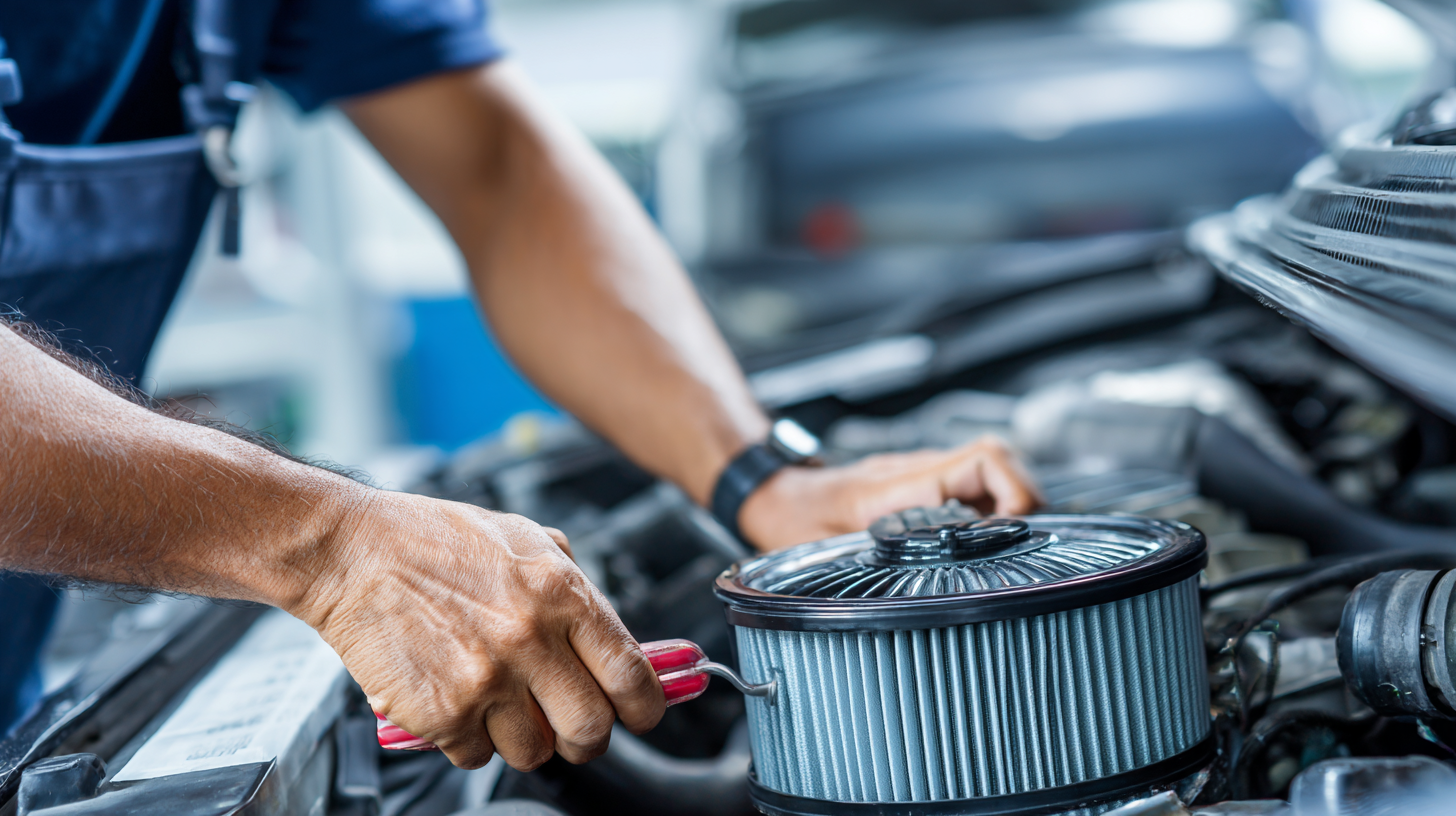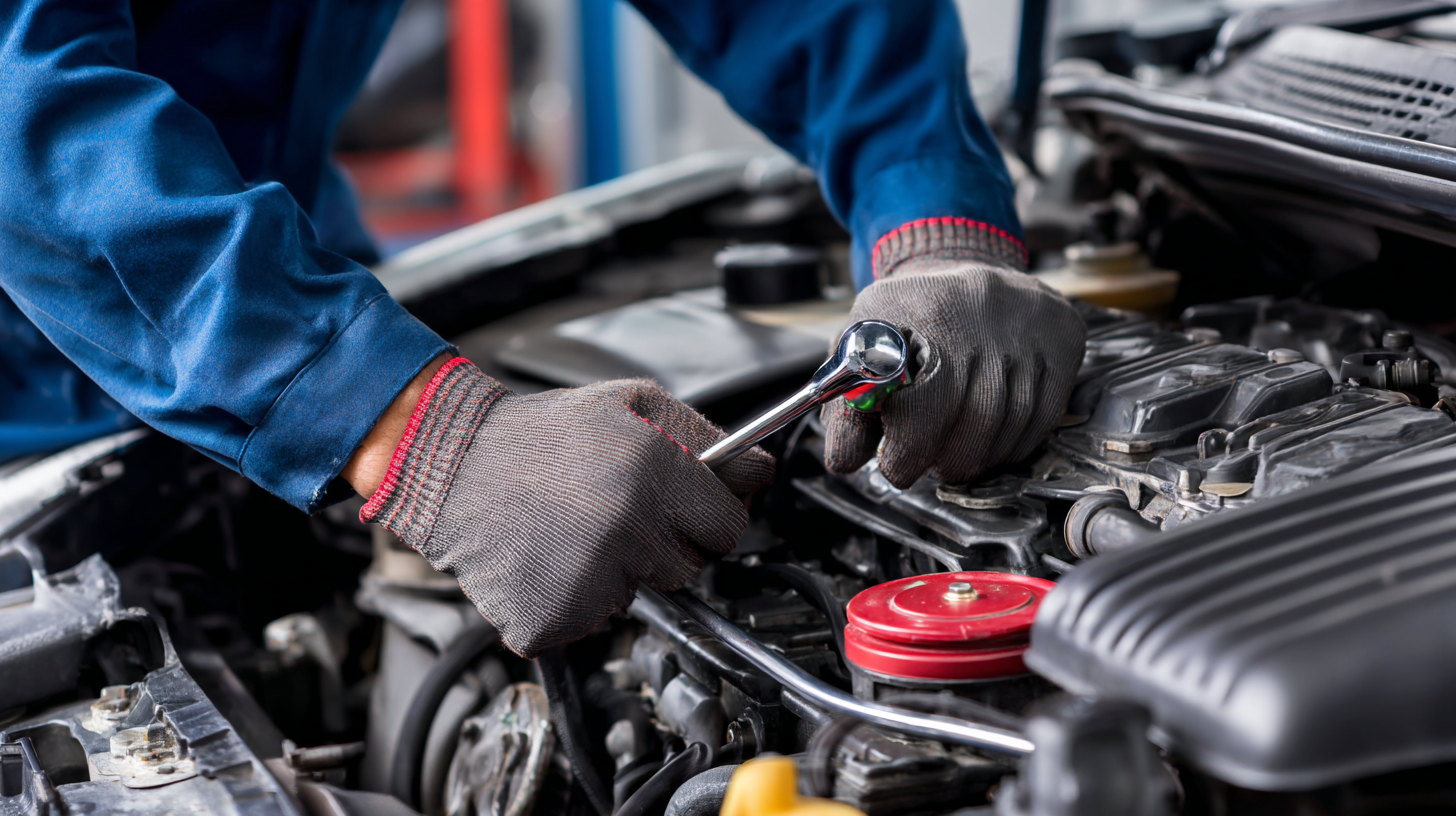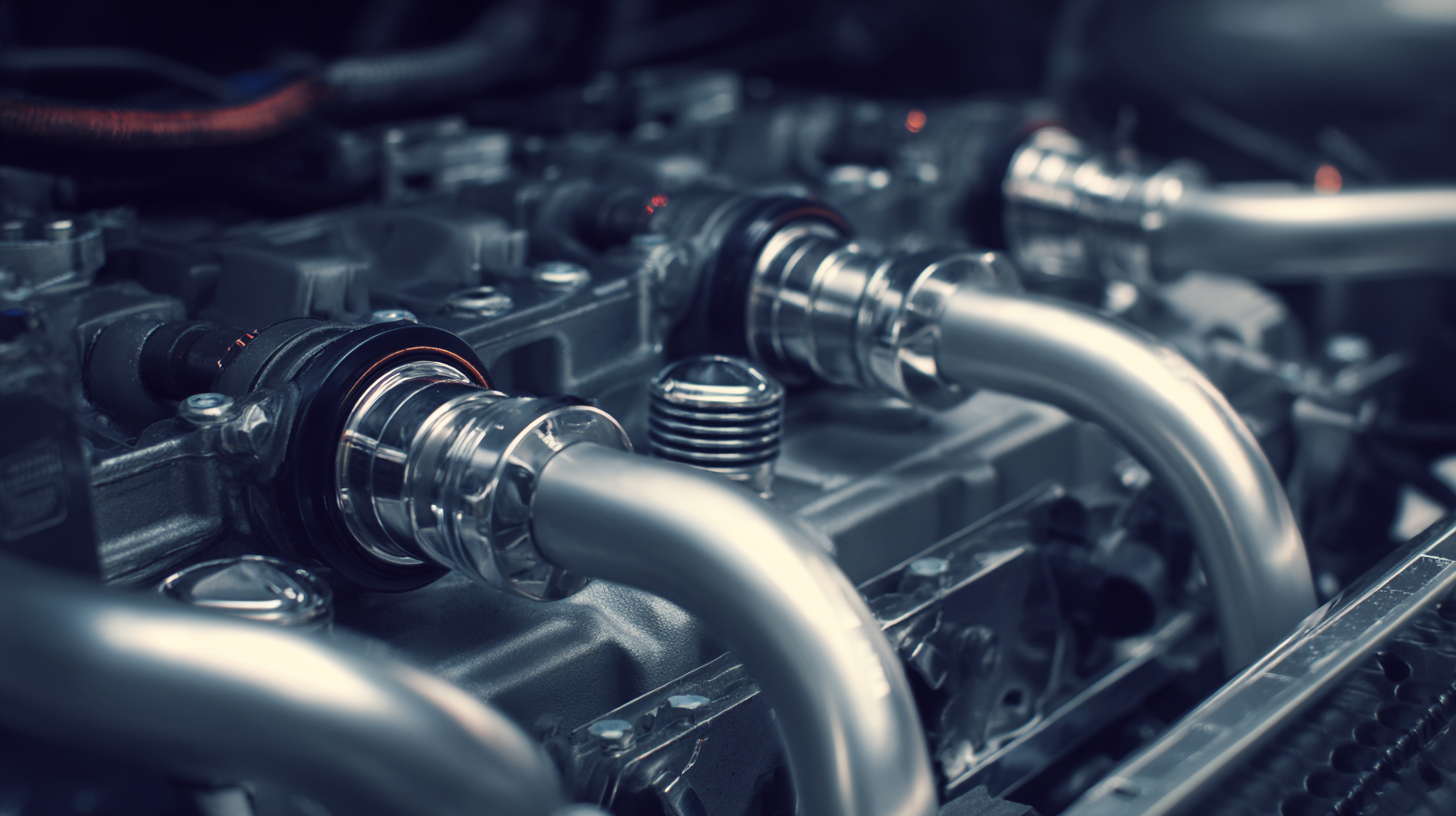Auto Repair Shop In Plainfield, IL
Understanding the Essential Steps for Effective Cooling System Repair
In the realm of automotive maintenance, effective cooling system repair is crucial to ensure optimal engine performance and longevity. According to the Automotive Service Association, cooling system failures can account for nearly 20% of all engine-related issues, leading to severe damage if not addressed promptly. A well-maintained cooling system not only prevents overheating but also enhances fuel efficiency and reduces emissions, aligning with modern environmental standards. As the demand for vehicles rises, so does the necessity for technicians to be well-versed in the essential steps of cooling system repair. This guide aims to illuminate the critical processes involved, from diagnosing common faults to implementing reliable repair techniques, ensuring that both seasoned professionals and novice enthusiasts can navigate this vital aspect of vehicle maintenance with confidence.

Key Components of a Cooling System That Need Regular Maintenance
The cooling system of a vehicle plays a crucial role in maintaining optimal engine temperature and performance. Regular maintenance of its key components is essential to prevent overheating and ensure longevity.
 The radiator, responsible for dissipating heat from the engine, should be inspected for blockages and leaks. A clean radiator allows for efficient heat exchange, while a clogged one can lead to severe engine complications.
The radiator, responsible for dissipating heat from the engine, should be inspected for blockages and leaks. A clean radiator allows for efficient heat exchange, while a clogged one can lead to severe engine complications.
Another vital component is the water pump, which circulates coolant throughout the system. Over time, the water pump can wear out, leading to reduced coolant flow and potential overheating. It's important to check for any signs of leakage around the pump, as this could indicate a failure that requires immediate attention. Additionally, hoses and clamps must be examined for wear and tear; any cracks or soft spots can lead to coolant leaks and impaired system performance. Regular inspections and timely repairs of these components are imperative for an effective cooling system and overall vehicle health.
Common Signs Indicating Cooling System Malfunctions
The signs indicating cooling system malfunctions can vary from minor issues to significant operational failures, leading to severe consequences, especially in environments facing extreme temperatures. For instance, with the recent heatwave impacting Southern Nevada, concerns have arisen regarding the cooling systems in homeless shelters. Malfunctioning systems not only threaten comfort but can also pose serious health risks for vulnerable populations. Observing symptoms like unusual noise, fluctuating temperature, or water leaks can provide early insights into potential failures.
In the automotive sector, warning signs such as overheating engines, particularly during hot weather, are critical indicators of cooling system issues. A common code, P0128, may emerge due to problems like defective sensors or low coolant levels. Recognizing these symptoms promptly can prevent costly repairs. Facilities like hospitals also highlight the importance of functioning cooling systems; recent outages at healthcare centers have disrupted essential services. Whether in vehicles or buildings, awareness of cooling system cues is vital for effective maintenance and the prevention of extensive breakdowns.
Understanding the Essential Steps for Effective Cooling System Repair - Common Signs Indicating Cooling System Malfunctions
| Signs of Malfunction | Possible Causes | Recommended Action |
|---|---|---|
| Overheating Engine | Low coolant level, faulty thermostat | Check coolant, replace thermostat |
| Coolant Leaks | Damaged hoses, cracked radiator | Inspect hoses, repair or replace radiators |
| Inconsistent Temperature Gauge | Faulty temperature sensor, air pockets | Test sensor, bleed air from cooling system |
| Steam from Engine | Boiling coolant, severe leaks | Turn off engine, check for leaks |
| Strange Noises | Worn water pump, loose components | Inspect water pump, tighten components |
Step-by-Step Guide to Diagnosing Cooling System Issues
Diagnosing cooling system issues is crucial for maintaining vehicle performance and preventing overheating. The first step in this process is to visually inspect the cooling system components, including the radiator, hoses, water pump, and thermostat. Look for signs of leaks, wear, or damage, as these can provide initial clues about the root of the problem. It's also important to check the coolant levels and condition; discolored or contaminated fluid may indicate a need for replacement or further investigation.
Next, conducting a pressure test can help identify leaks within the system. Using a pressure tester, you can pressurize the cooling system and observe if any coolant escapes, revealing leaks that may not be visible through a simple inspection. Additionally, monitor the engine temperature gauge while the vehicle is running. If the engine overheats or fails to reach optimal operating temperature, it could signal issues such as a malfunctioning thermostat or water pump. By systematically working through these steps, you can effectively diagnose and address cooling system problems, ensuring reliable vehicle operation.
Essential Tools and Techniques for Cooling System Repair
When it comes to effective cooling system repair, having the right tools and techniques is paramount to success. According to a report by the International Society of Automotive Engineers (SAE), a significant percentage of vehicle cooling system failures can be attributed to inadequate maintenance and improper repairs. To mitigate these risks, it is essential to utilize tools such as coolant pressure testers and infrared thermometers. These devices help in diagnosing leaks and assessing the efficiency of the cooling system, ensuring optimal performance.
Moreover, employing techniques like reverse flushing can greatly enhance the longevity of cooling systems. A survey conducted by the Automotive Repair Association revealed that vehicles that undergo regular cooling system maintenance experience up to 30% fewer breakdowns related to overheating issues. This data underscores the importance of not just having the right tools but also mastering the proper techniques for cooling system repair. By integrating these essential tools and methods, mechanics can effectively address common cooling system problems and significantly reduce the likelihood of future failures.

Preventive Measures to Extend the Lifespan of Cooling Systems
Regular maintenance is crucial for extending the lifespan of cooling systems. By taking preventive measures, homeowners can avoid costly repairs and ensure their systems operate efficiently. One effective strategy is to schedule routine inspections with a qualified technician. These professionals can identify potential issues before they escalate, providing peace of mind and preventing unexpected breakdowns.
Tips: Always clean or replace air filters monthly, especially during peak usage seasons. Clogged filters restrict airflow, putting extra strain on the system and reducing its efficiency. Additionally, keep the outdoor unit clear of debris like leaves and dirt to promote optimal airflow and performance.
Another essential preventive measure is to check the refrigerant levels. Low refrigerant can indicate a leak, which may lead to a higher energy bill and diminished cooling capacity. If levels are consistently low, it's important to call in a professional to assess the system and make necessary repairs. Regularly checking and addressing these elements can significantly enhance the durability and efficacy of cooling systems.
Cooling System Repair Effectiveness
Contact Us
Service Area
Plainfield, 60585, 60544, 60586, Naperville, 60564, Bolingbrook, 60490, 60440, Romeoville, 60446, Will, Kendall, DuPage, Counties. Our auto repair shop in Plainfield, IL, has been serving the local area plus all surrounding Chicagoland since 1978.
Specialties
• Computer Diagnostic • Brake Shop • Engine Replacement • Transmission Rebuild • Clutch Replacement • Differential Rebuild • Suspension Shop • Steering • Shocks & Struts • Heating & Cooling • Electrical • Exhaust Shop • Catalytic Converter Replacement • Alignment • Domestic & Foreign Vehicle Service • Auto Repair In Plainfield, IL • Auto Repair Shops Near Me • Towing Service Near Me

